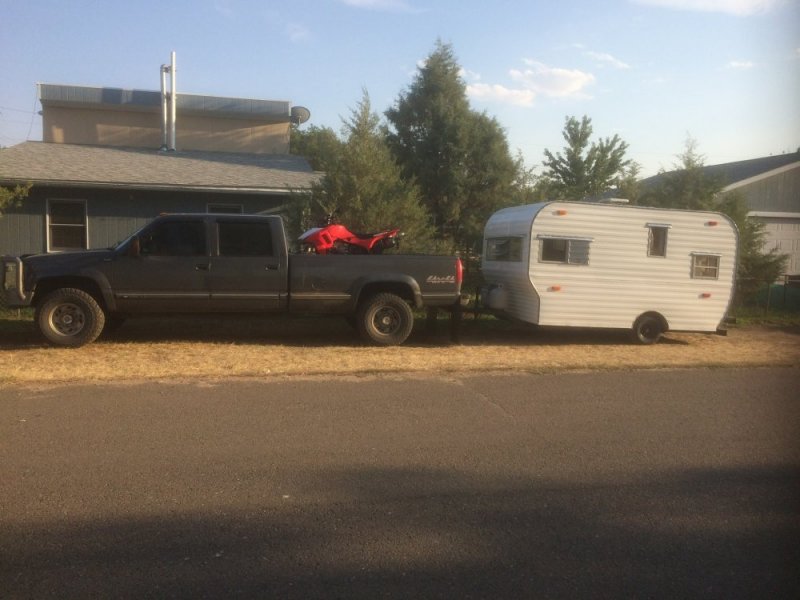The time is nearing for us to sell the LQ horse trailer and purchase a fifth wheel camper..
For those of you that know them, what are some things to be concerned about as far as the model or brand camper. Most of the time it will only be me and the boss, but at times a couple grand kids may be along.
Questions from me are mostly in the structural end, like do slide outs leak, are the moving motors known to quit, you know, questions for someone that hasn't owned a larger newer camper..
We are use to camping, out horse trailer is large and has everything from real wood inside to onan genset and is fulley self contained, it is all aluminum and not a light weight goose neck, so I'm use to pulling a larger unit..
Just want to hear things to consider other than price, and yes we would go the used route @ around 35 feet long or so... later we would be spending a lot of time in it when retired and we only want to purchase once...
For those of you that know them, what are some things to be concerned about as far as the model or brand camper. Most of the time it will only be me and the boss, but at times a couple grand kids may be along.
Questions from me are mostly in the structural end, like do slide outs leak, are the moving motors known to quit, you know, questions for someone that hasn't owned a larger newer camper..
We are use to camping, out horse trailer is large and has everything from real wood inside to onan genset and is fulley self contained, it is all aluminum and not a light weight goose neck, so I'm use to pulling a larger unit..
Just want to hear things to consider other than price, and yes we would go the used route @ around 35 feet long or so... later we would be spending a lot of time in it when retired and we only want to purchase once...

